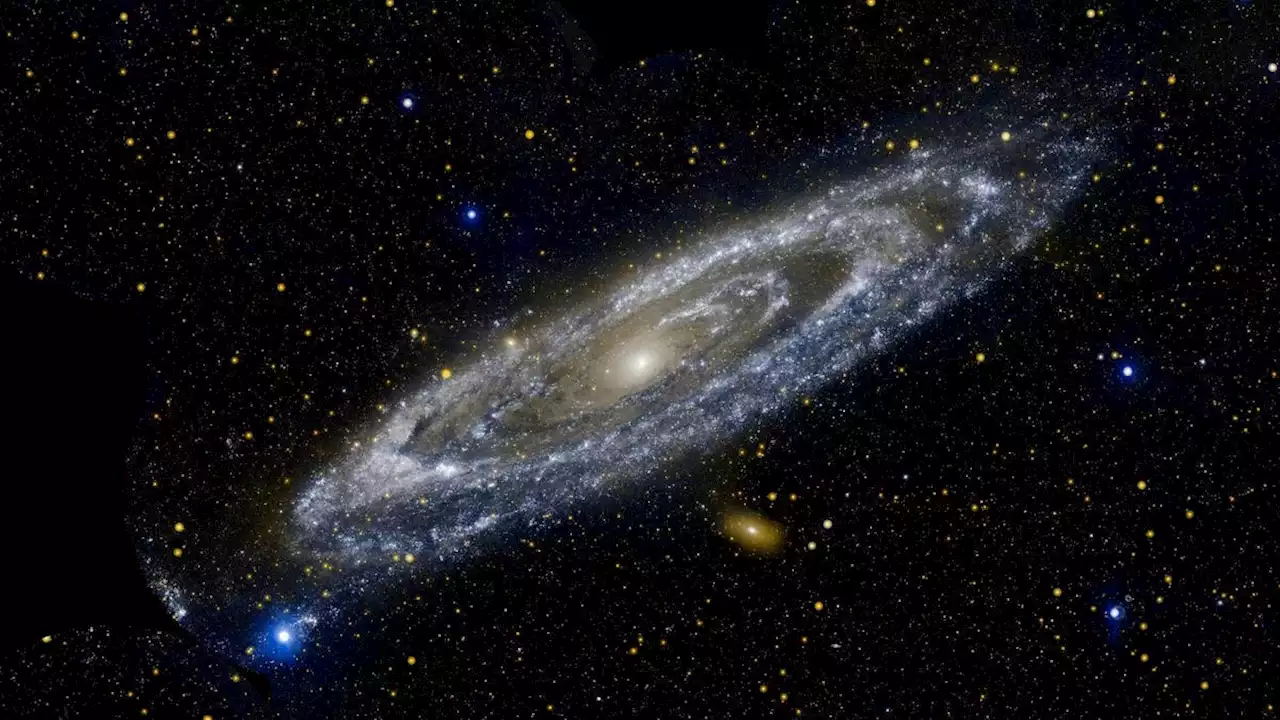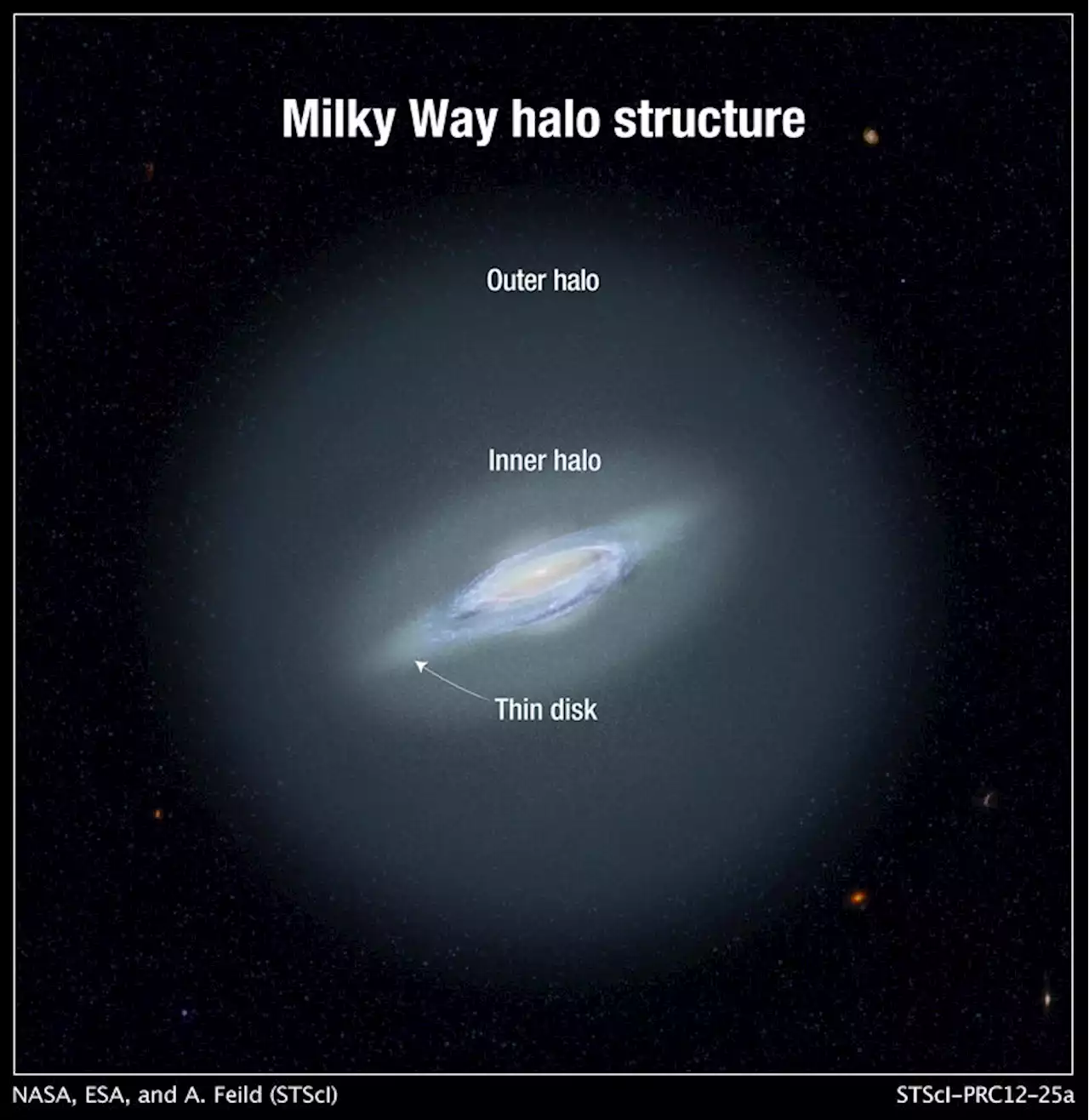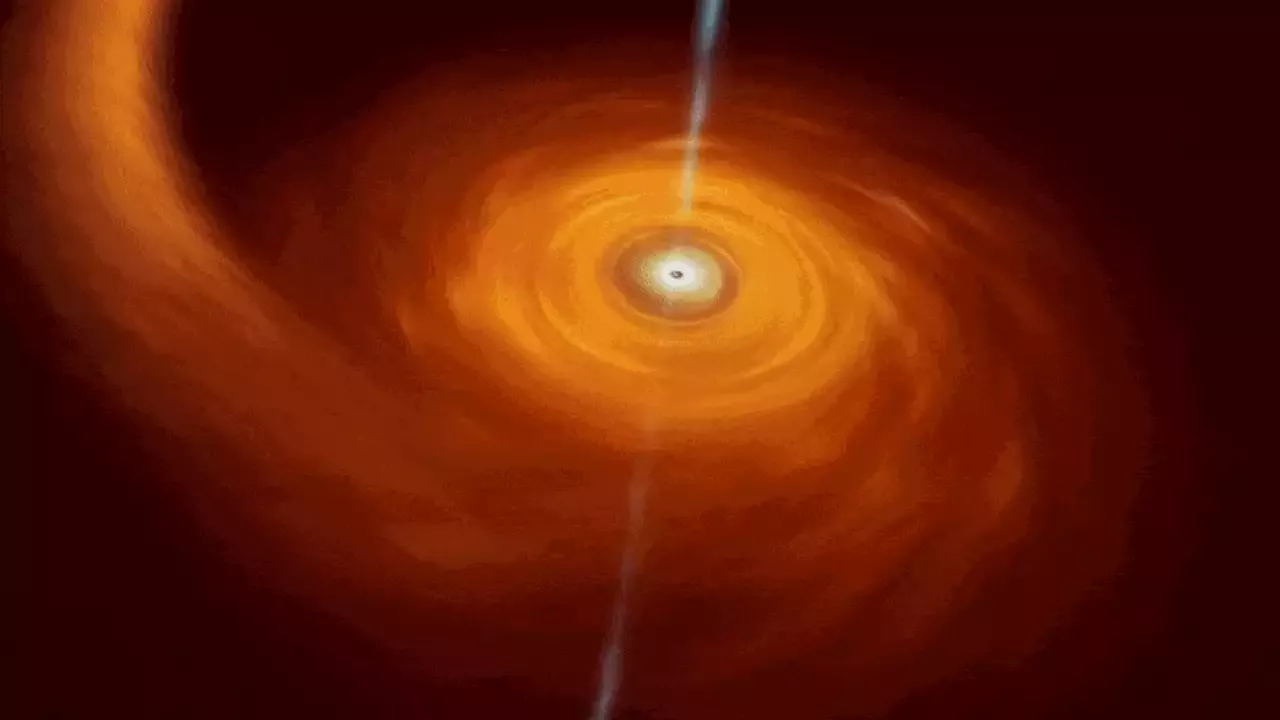Last year, the European Southern Observatory’s Very Large Telescope (ESO’s VLT) was alerted after an unusual source of visible light had been detected by a survey telescope. The VLT, together with other telescopes, was swiftly repositioned towards the source: a supermassive black hole in a distant g
Reference: “A very luminous jet from the disruption of a star by a massive black hole” by Igor Andreoni, Michael W. Coughlin, Daniel A. Perley, Yuhan Yao, Wenbin Lu, S. Bradley Cenko, Harsh Kumar, Shreya Anand, Anna Y. Q. Ho, Mansi M. Kasliwal, Antonio de Ugarte Postigo, Ana Sagués-Carracedo, Steve Schulze, D. Alexander Kann, S. R. Kulkarni, Jesper Sollerman, Nial Tanvir, Armin Rest, Luca Izzo, Jean J. Somalwar, David L. Kaplan, Tomás Ahumada, G. C.
Vergani, Qinan Wang and Jielai Zhang, 30 November 2022,The team is composed of Igor Andreoni , Michael W. Coughlin , Daniel A. Perley , Yuhan Yao , Wenbin Lu , S. Bradley Cenko , Harsh Kumar , Shreya Anand , Anna Y. Q. Ho , Mansi M. Kasliwal , Antonio de Ugarte Postigo , Ana Sagués-Carracedo , Steve Schulze , D. Alexander Kann , S. R. Kulkarni , Jesper Sollerman , Nial Tanvir , Armin Rest , Luca Izzo , Jean J. Somalwar , David L. Kaplan , Tomás Ahumada , G. C.
United States Latest News, United States Headlines
Similar News:You can also read news stories similar to this one that we have collected from other news sources.
 Astronomers May Have Solved The Mystery of The Bubbles Towering Over The Milky WayWhen the Fermi Gamma-Ray Space Telescope entered low-Earth orbit in 2008, it opened our eyes to a whole new Universe of high-energy radiation.
Astronomers May Have Solved The Mystery of The Bubbles Towering Over The Milky WayWhen the Fermi Gamma-Ray Space Telescope entered low-Earth orbit in 2008, it opened our eyes to a whole new Universe of high-energy radiation.
Read more »
 BlueWalker 3, an enormous and bright communications satellite, is genuinely alarming astronomersI am an observational astronomer, studying how galaxies evolve over billions of years.
BlueWalker 3, an enormous and bright communications satellite, is genuinely alarming astronomersI am an observational astronomer, studying how galaxies evolve over billions of years.
Read more »
 Not Black Holes: Astronomers May Need To Rethink How Gamma-Ray Bursts Are FormedAccording to recent research from the University of Bath in the UK, newborn supramassive stars, rather than black holes, may be the cause of gamma-ray bursts. Satellites orbiting Earth have detected Gamma-ray bursts (GRBs) as luminous flashes of extremely energetic gamma-ray radiation that last f
Not Black Holes: Astronomers May Need To Rethink How Gamma-Ray Bursts Are FormedAccording to recent research from the University of Bath in the UK, newborn supramassive stars, rather than black holes, may be the cause of gamma-ray bursts. Satellites orbiting Earth have detected Gamma-ray bursts (GRBs) as luminous flashes of extremely energetic gamma-ray radiation that last f
Read more »
 Astronomers Reveal Secrets of Mysterious Radio Bubbles Surrounding Supermassive Black HoleAstronomers Reveal Secrets to Burping Black Hole with the Green Bank Telescope The National Science Foundation’s Green Bank Telescope (GBT) has revealed new information about mysterious radio bubbles surrounding a supermassive black hole. In a new paper studying the galaxy cluster MS0735, “We’re
Astronomers Reveal Secrets of Mysterious Radio Bubbles Surrounding Supermassive Black HoleAstronomers Reveal Secrets to Burping Black Hole with the Green Bank Telescope The National Science Foundation’s Green Bank Telescope (GBT) has revealed new information about mysterious radio bubbles surrounding a supermassive black hole. In a new paper studying the galaxy cluster MS0735, “We’re
Read more »
 Astronomers Find the Edge of Our GalaxyNew research on pulsing stars has shifted the boundary of the Milky Way a few thousand light-years closer to the Andromeda galaxy.
Astronomers Find the Edge of Our GalaxyNew research on pulsing stars has shifted the boundary of the Milky Way a few thousand light-years closer to the Andromeda galaxy.
Read more »
 Astronomers find the most distant stars in our galaxy halfway to AndromedaAstronomers have discovered more than 200 distant variable stars known as RR Lyrae stars in the Milky Way's stellar halo. The most distant of these stars is more than a million light years from Earth, almost half the distance to our neighboring galaxy, Andromeda, which is about 2.5 million light years away.
Astronomers find the most distant stars in our galaxy halfway to AndromedaAstronomers have discovered more than 200 distant variable stars known as RR Lyrae stars in the Milky Way's stellar halo. The most distant of these stars is more than a million light years from Earth, almost half the distance to our neighboring galaxy, Andromeda, which is about 2.5 million light years away.
Read more »
